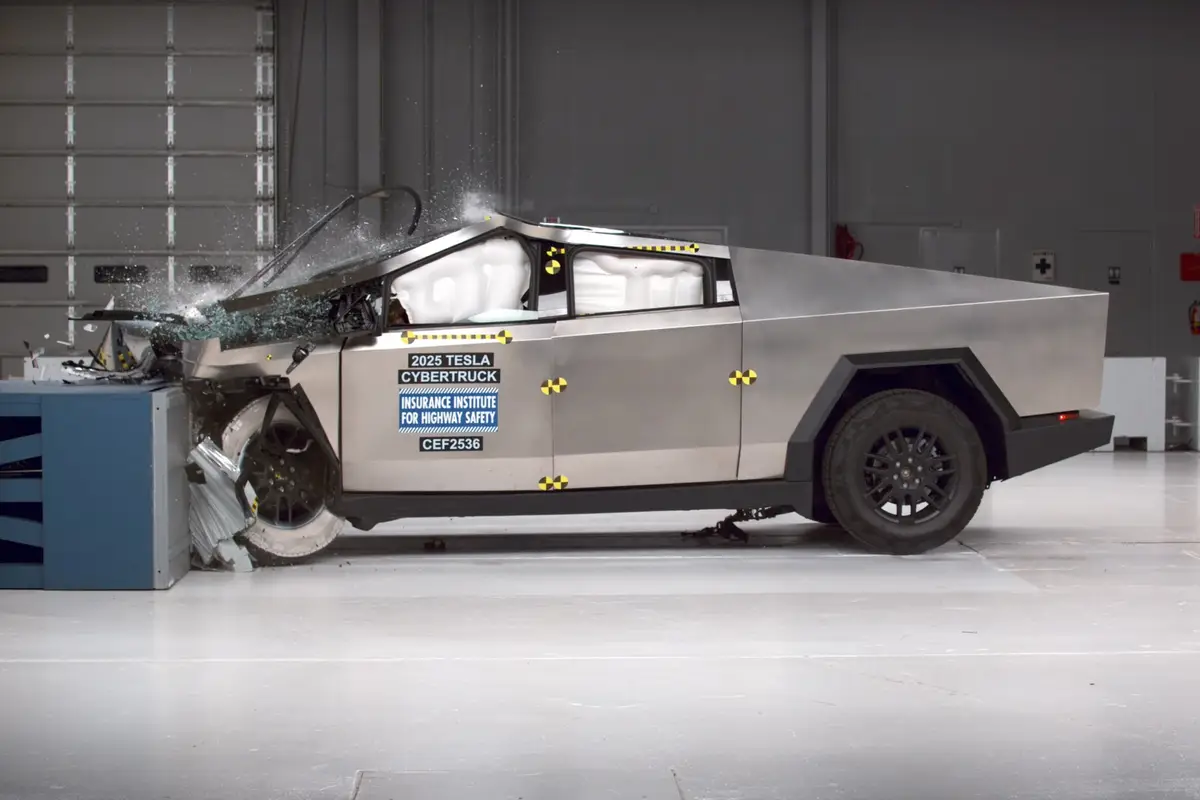2024 McLaren 750S Review: Brain-Bender

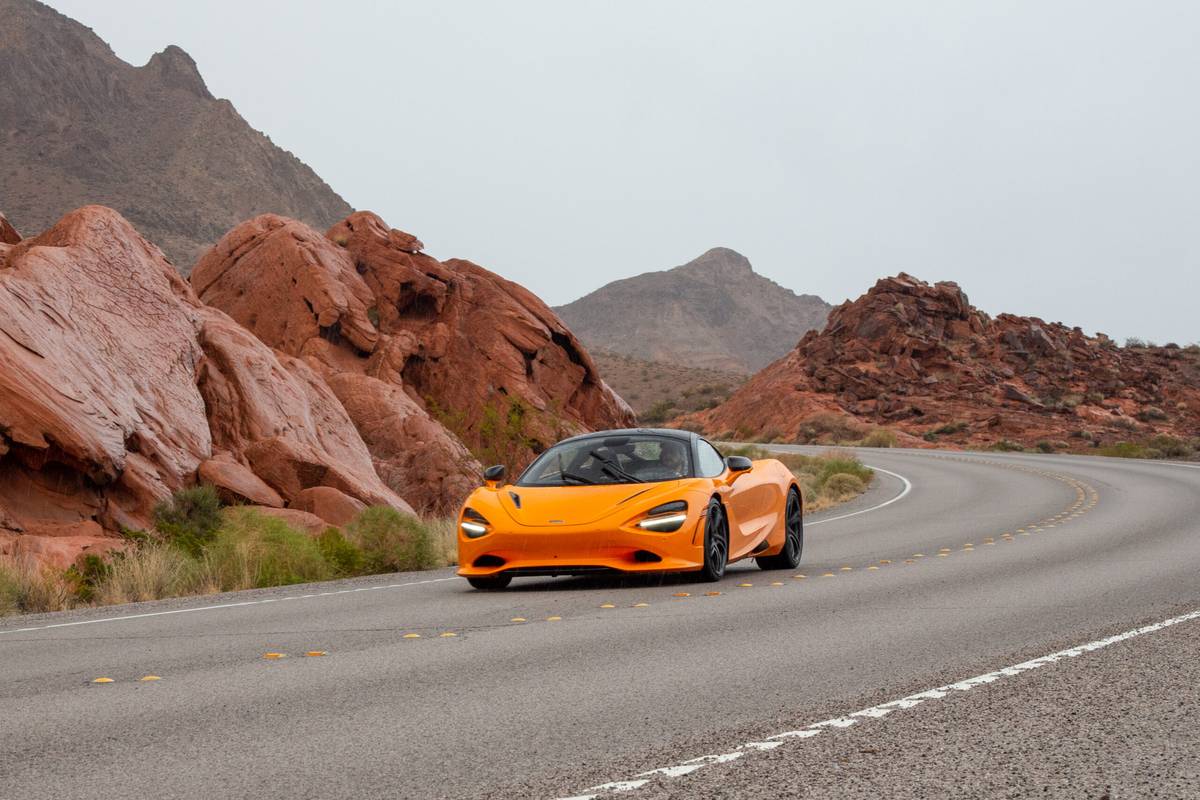
The verdict: Built from the gilded bones of its hall-of-fame predecessor, the McLaren 750S splits the difference between the nearly perfect 720S and the incomprehensible 765LT. If you want a modern mid-engine supercar to do it all, this is it.
Versus the competition: The 750S’ most direct competitor is the Ferrari 296; most everything else is either a rung up or a rung down in both price and performance. Compared with that hybridized twin-turbo V-6 Ferrari, the new McLaren is less powerful but both lighter and quicker.
How do you succeed the sublime? Look to the 2024 McLaren 750S for answers.
The 2018-23 McLaren 720S is for many enthusiasts one of the greatest supercars ever carved from carbon. For both industry and enthusiast, it was proof that McLaren Automotive must be taken seriously, as with a few (obvious) exceptions, prior McLaren supercars were all speed and little substance, putting up tremendous numbers but leaving little long-lasting imprint. The 720S changed that; good luck getting it out of your mind after even a short drive. Its savage performance — paired with paralyzing visuals and a tight, stylish cockpit — sear the brain like a cattle brand.
Related: 2024 McLaren 750S: Raising the Bar on Horsepower and Styling
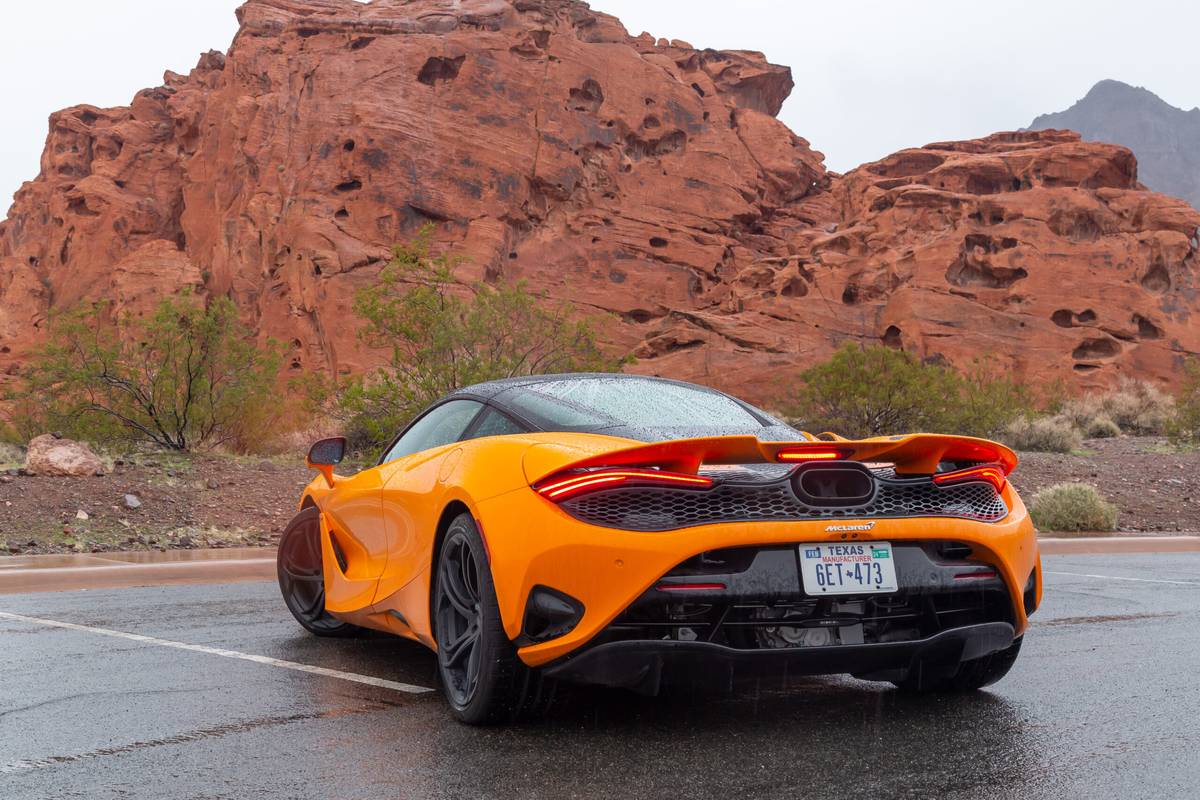
How We Got Here
It’s odd to think of the 720S as “last-generation,” but considering modern supercars have the shelf life of unrefrigerated shrimp cocktail, six model years was enough to warrant a replacement. Given the 720S’ near perfection, replacing it may have seemed an insurmountable task, but it’s actually straightforward: The first step was stretching it close to insanity by cutting 176 pounds off the 720S while adding tuner-level turbo boost, a shorter final drive ratio, heavily revised aero and a crate of track-day equipment from the Senna. That, however, is not the 750S — that’s the 765LT. Where the 720S walked a titanium wire between thrills and usability, the LT put all of its points into extremity. Incomprehensibly capable in the right hands, the 765LT’s 755 horsepower feel more like a million: It can run a quarter mile in 9.9 seconds, and its rear end will break free at triple-digit speeds. (Ask me how I know.)
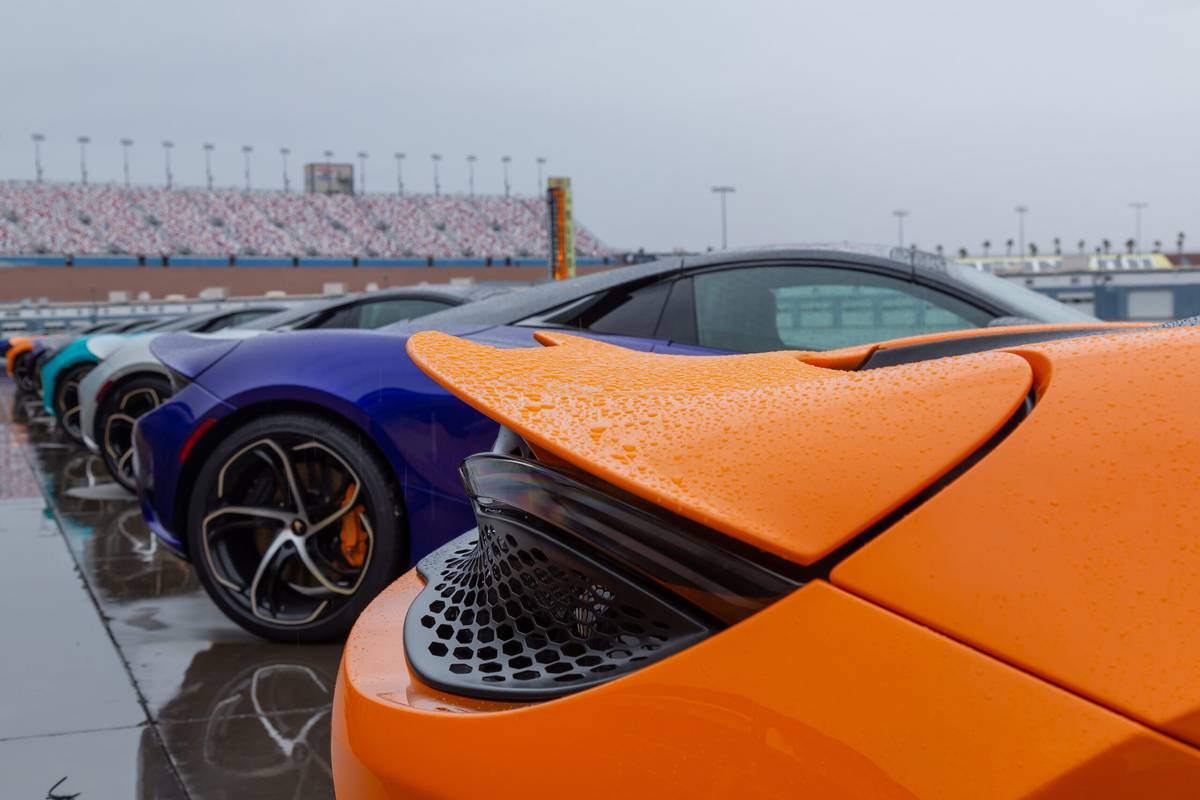
As McLaren engineers tell it, development of the 750S started at that tensile limit, then walked back to a middle ground between the 720S and 765LT — implying that the 750S is best thought of as a direct evolution of its predecessor and not a ground-up, clean-sheet rework. It utilizes the same carbon-fiber Monocage-II monocoque, twin-turbo 4.0-liter V-8 and seven-speed dual-clutch automatic transmission, and though McLaren says around 30% of the 750S’ componentry is distinctly new, I read that to include the crate of goodies plucked from the 765.
In that regard, the LT’s lightweight forged pistons, revised exhaust and added boost wring an extra 30 hp and 22 pounds-feet of torque from McLaren’s twin-turbo V-8, which is now rated at 740 hp and 590 pounds-feet. Lighter carbon-fiber seats, thinner glass, that new exhaust and featherweight forged wheels mean there’s less mass to lug around, too: The 750S is 66 pounds lighter than the 720S.
Related Video:
What We Have Now
What you can’t see is the 750S’ use of the LT’s 15% shorter final drive ratio — but zoiks will you feel it. Zero to 60 mph cracks off in a McLaren-claimed 2.7 seconds, but with supercars, you need to pay more attention to the 0-124 mph figure, which McLaren says is just 7.2 seconds in the 750S coupe. That’s just 0.2 second off the LT, and it beats out the heavier, more powerful Ferrari 296 GTB by 0.1 second. Keep it pinned and McLaren says you’ll complete the quarter-mile in 10.1 seconds.
But you don’t need these intangibles to tell the 750S is a different car from the 720S — or, at the very least, a heavily massaged version of it. If you’ve spent even a modest amount of time around the old car, you’ll notice some visual differences, starting with the front end, where the splitter is extended below narrowed “eye sockets.” The carbon-fiber rear wing features a 20% increase in surface area, and it sits above a new rear bumper and new vents in the rear-wheel arches. The exhaust is repositioned, as well, screaming now through a single, top-center-mounted outlet.

Inside, the 750S is mostly how you left it in the 720S, but subtle changes add up to big results. Gone is the retractable, foldable driver display, replaced by a standard fixed unit that I’m happy to say is correctly angled and easy to see, which couldn’t be said about the old — but still very cool — contraption. Also revised are the chassis and powertrain controls. Most prior McLarens utilized a pair of stiff, tacticool rotary switches that toggled between Comfort, Sport and Track for either the chassis or powertrain; regardless of how you had the switches set, the chosen configuration would remain dormant until you hit an “Active” button between the two toggles.
It was very cool and rather engaging, but it proved confusing to some customers, and McLaren was right to do away with it for the 750S. Now, these settings are handled by large, flat rockers mounted near the driver’s display screen, right behind the top of the steering wheel. Positioning is key, as you can now engage either setting without taking your hands off the wheel. And for those who want to save a preferred setting, there’s a button on the center of the dash — wearing an adorable speed-form kiwi as a nod to founder Bruce McLaren’s New Zealand home — that activates a preset configuration.
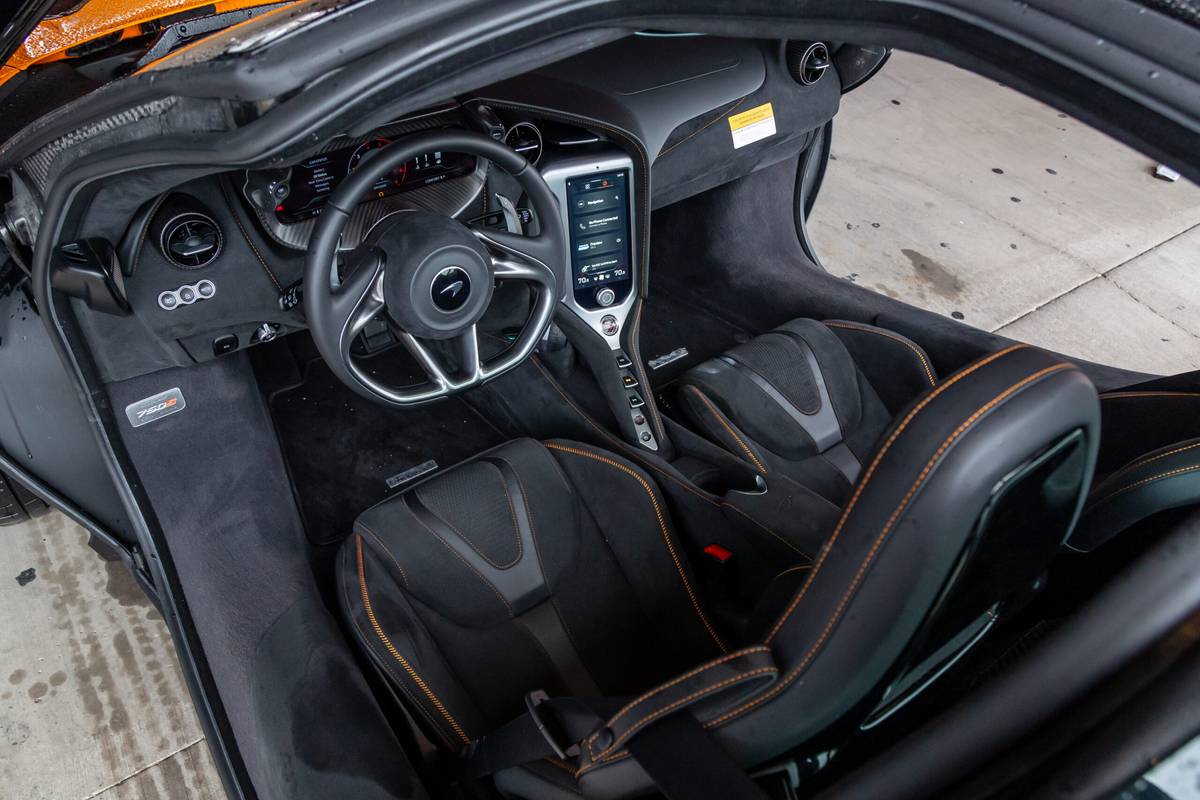
Everything else, including trim, speaker location, dash structure, shift buttons and materials, appears the same. Some called the 720S (and, by extension, the 750S) a bit basic for its heavy price, but I remain a fan of McLaren’s interior design language. It presents as soft and swoopy in some places, angular in others. With the exception of a handful of hard buttons and stalks, most controls are operated by a small but responsive vertically oriented 8-inch touchscreen in the center of the dash. Materials are great, as are even the most minute upholstery and trim details. It’s certainly not as tech-forward or dramatic as the Ferrari, but it’s a warmer, more comfortable environment in which to anxiously tap your foot as you wait for traffic on your favorite road to clear.
Because, yes, any manner of impedance in your path in the 750S is going to drive you nuts. In the key of the 720S, full throttle in the 750S overwhelms and electrifies like a downed powerline. At least, I suspect it would; with my typical good luck, the heavens above the greater Las Vegas area opened up before I even saw the delicious fleet of McLarens in the Las Vegas Motor Speedway infield, and it didn’t let up for a second the entire day. (Cars.com pays for its own lodging and airfare when attending such manufacturer-sponsored events.) In the dreary gray atmosphere, I half expected the spattering rain to sizzle and steam when it hit the line of vibrantly hued supercars.
Standing puddles and crossroad streams kept my antics in the 750S at a minimum; anything more than third-throttle scuttled the rear tires. Minus jellied eyes and bruised kidneys this go-around, I did manage a few wet laps on the speedway’s infield road circuit. They revealed that the 720’s lovely, nitro-powered personality breathes deeper and roars louder in the 750S. With less to hit and a designated instructor riding shotgun, the 750S cut through the course like a carbon-fiber hummingbird.
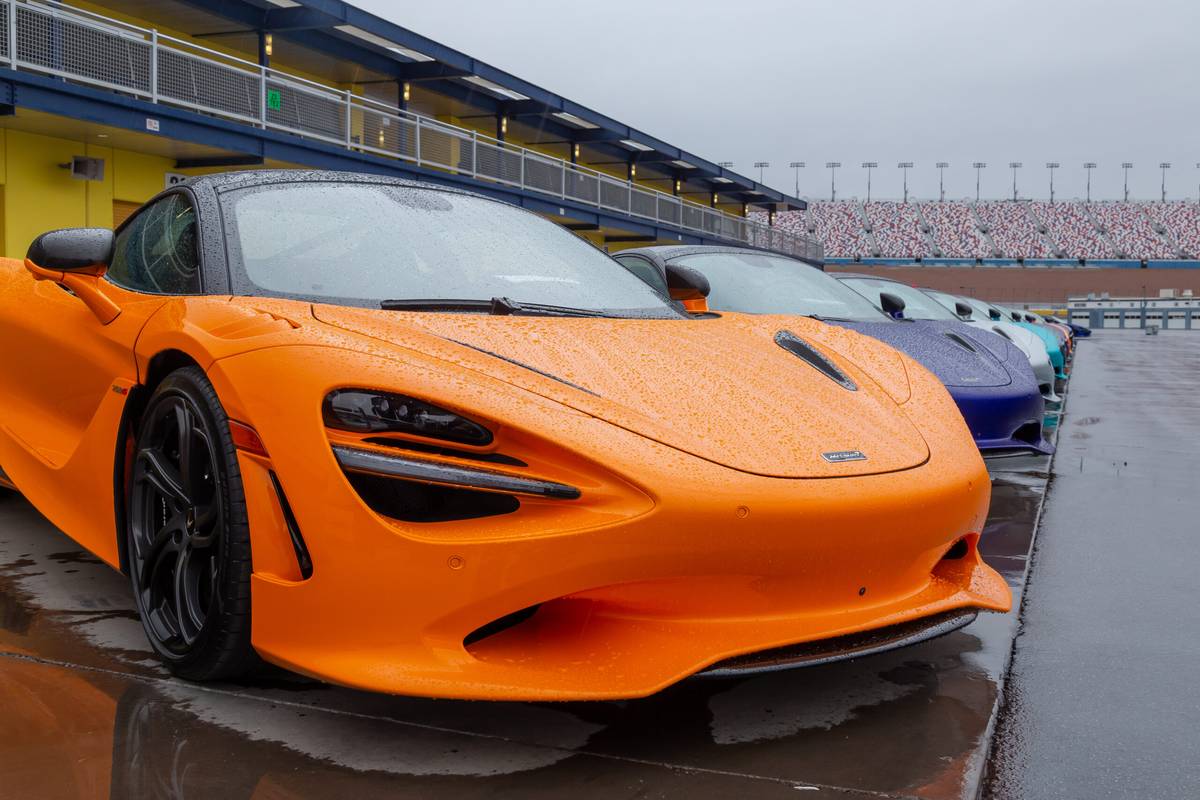
I have yet to drive a sports car or supercar from this current era with steering as wonderfully communicative and delightfully delicate as in the 750S. McLaren proudly stuck with hydraulic steering for this car — as it has with all of its production cars — but it hasn’t ruled out future implementation of electric assist; it first has to meet or exceed the automaker’s own standards. Thus far, it hasn’t.
Other inputs are similarly analog. The brake pedal is as stiff as ever, but braking power is ferocious, scrubbing speed with the same violence as rear-ending a sequoia (tree or Toyota). Power delivery through the beautifully milled accelerator pedal is reasonably linear, but that power rushes in like an atomic flash. Over flooded tarmac, even a single second of three-quarters’ throttle on the track’s straight instigated immediate sashaying. I had to back off toward the top of the pedal, settle the back and dive deeper again to the halfway point. Even there, few rear-wheel-drive supercars can match the big McLaren for exhilaration. The 720S and 765LT gather speed like nothing I’ve driven less than a million bucks, and I’d bet the farm that driving the 750S on a straight, dry desert road would be an experience matched only by another Woking weapon.
One of the more unusual generational changes in the 750S is found in its transmission, a long-lived, Graziano-sourced dual-clutch automatic that is as quick-shifting as the prior car’s, but its tuning in Sport mode now has noticeable feedback. It’s not quite as bad as one of the rotten single-clutch gearboxes found in older supercars, but any shift in the 750S is rewarded with a quick jolt through the seatback. It’s not to my taste — I prefer my dual-clutches to be imperceptible — but given McLaren’s directive to increase driver engagement with the 750S, I suspect more than a few customers have mentioned a desire for something like this.
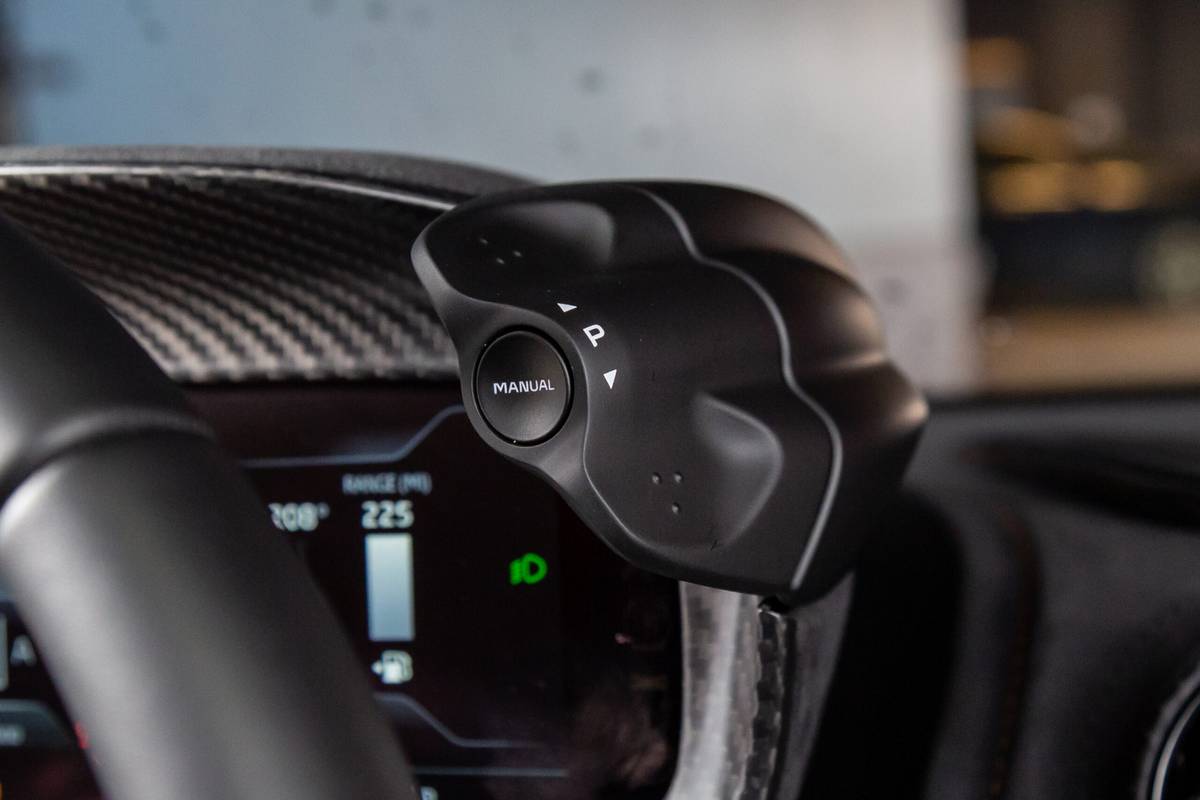
The 750S gets an updated version of McLaren’s trick hydraulic suspension, which imparts a shockingly composed and comfortable ride that belies the car’s appearance, aggression and intended purpose. You won’t mistake it for a Lincoln, but it’s far more usable and compliant over broken pavement than it has any right to be. The top-tier Bowers & Wilkins sound system is another winner.
More From Cars.com:
- 2025 McLaren Artura Spider: Stop, Drop, Open Up Top
- 2025 McLaren GTS: A Face-Lifted GT
- Will It Fit? Golf Clubs and Luggage in a 2021 McLaren GT
- Research Sports Cars
- Shop for a New McLaren
What It’ll Cost You
Thinking of replacing your Bentley? You’d better list it here at Cars.com; prices for this fierce finery start at around $331,000 for the coupe and $352,000 for the Spider convertible (all prices include destination). It’s a modest bump over the 2023 720S coupe’s $310,000 price tag, but you’re absolutely getting at least $21,000 more car.
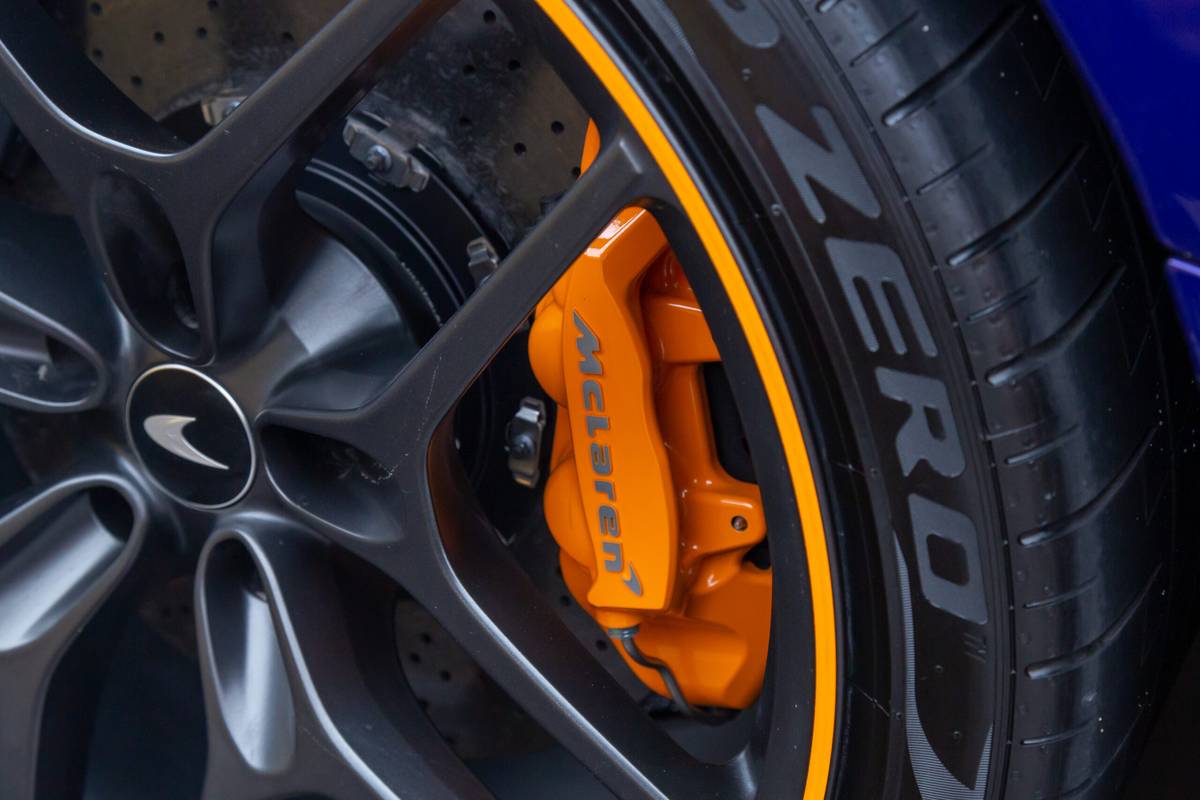
Till Next Time
Us folks in the Southwest beg, bargain and plead for a spritz of rain, yet when the dark clouds do roil across the desert, it always seems to be an inopportune time. So it goes. The sky was crystal clear the morning after I parked my arrestingly orange 750S test car — a torturous tease as I watched the next wave of attendees pile into the track shuttle. Whispers of a 750S Spider soon headed to my home turf of Los Angeles filtered through the crowd as I loaded my bags into my not-McLaren. Maybe I’ll have to schedule a top-down coastal cruise to make up for the torrent. Surely it won’t rain then, right?
Right?
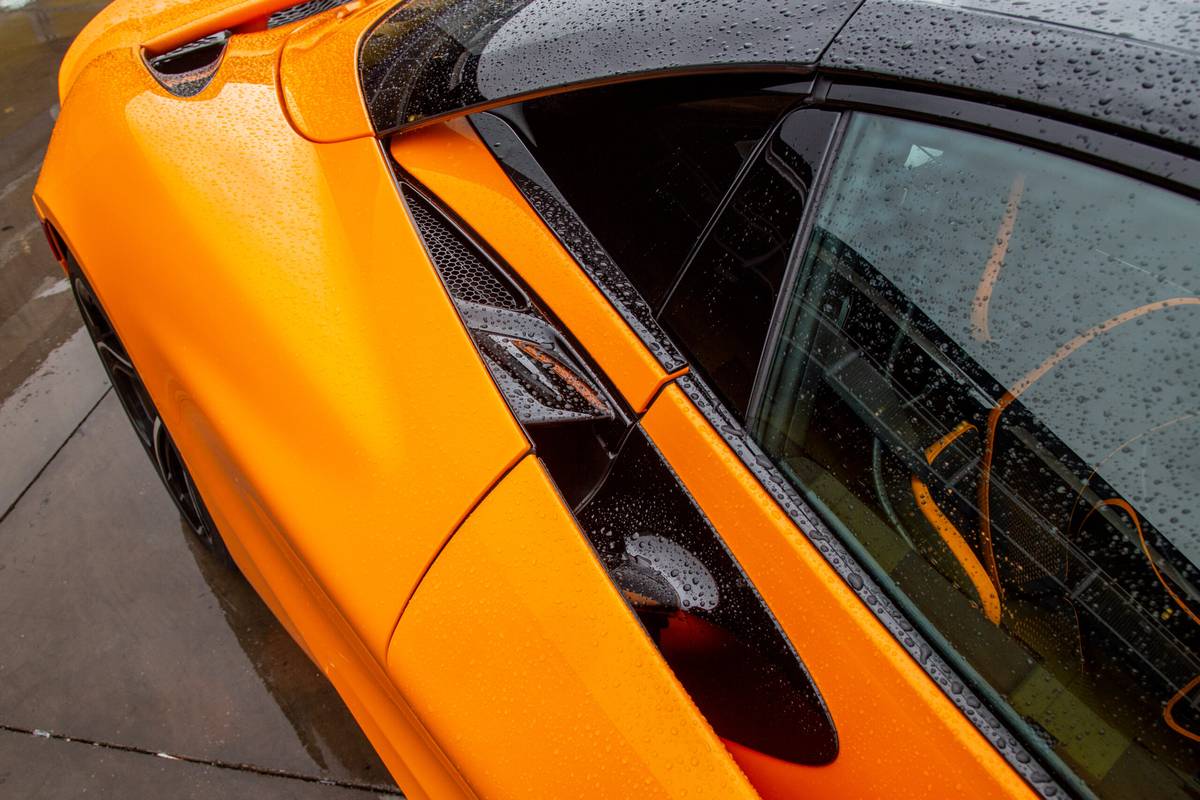
Cars.com’s Editorial department is your source for automotive news and reviews. In line with Cars.com’s long-standing ethics policy, editors and reviewers don’t accept gifts or free trips from automakers. The Editorial department is independent of Cars.com’s advertising, sales and sponsored content departments.

Conner Golden joined Cars.com in 2023 as an experienced writer and editor with almost a decade of content creation and management in the automotive and tech industries. He lives in the Los Angeles area.
Latest news
